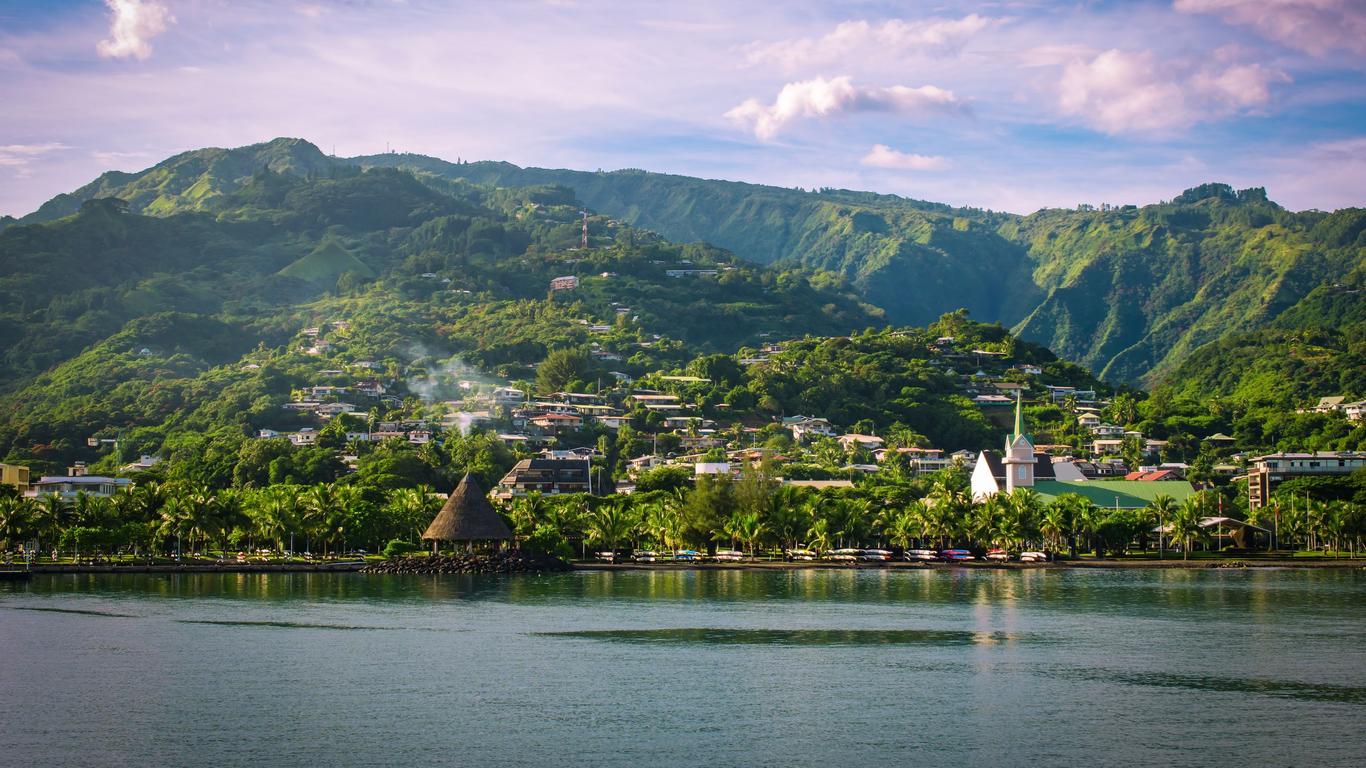Trekking in Tibet is an exhilarating adventure that beckons outdoor enthusiasts and nature lovers alike. The unique landscapes and rich cultural tapestry make it a once-in-a-lifetime experience. To make the most of your trek, timing is crucial. In this guide, we’ll explore the best times to embark on a trek in Tibet, essential preparations, and considerations for a memorable journey.
Tibet, with its mesmerizing landscapes and cultural treasures, is a dream destination for trekkers. Before lacing up your boots, let’s delve into the optimal times for a Tibetan trekking expedition.
Best Time for Trekking
Spring and Summer Magic
The period from April to October is considered the prime time for trekking in Tibet. During these months, the weather is relatively mild, and most trekking routes become accessible. Moreover, this timeframe aligns with several vibrant Tibetan festivals, adding cultural depth to your journey.
Festivals in Spring and Summer
Tibetan festivals, such as the month-long Saga Dawa and the week-long Shoton festival, unfold during spring and summer. These celebrations offer a unique opportunity to witness local traditions and immerse yourself in the rich tapestry of Tibetan culture.
Preparation for Trekking in Tibet
- Fitness and Experience Requirements
Trekking in Tibet demands physical fitness, preparation, and perseverance. It’s not for the faint of heart, and beginners may find the altitude challenging. Prior multi-day hiking experience and familiarity with high-altitude regions are advisable prerequisites.
- Acclimatization Considerations
Tibet’s average altitude of 4,000m (13,000 ft) poses a challenge, and most treks surpass 5,000m (16,400 ft). Acute Mountain Sickness (AMS) is a real concern, especially when flying into Lhasa. Initiating medication like Diamox one day before arrival and allowing ample time for acclimatization in Lhasa are vital precautions.
Permit Requirements
Before setting foot in Tibet, securing the necessary permits is imperative. Tibet has strict regulations, and compliance is essential for a seamless trekking experience.
Weather Variations
While spring and summer boast mild weather, Tibet’s high altitudes bring unexpected changes. Be prepared for temperature variations and sudden weather shifts, ensuring your gear can handle diverse conditions.
Clothing and Equipment
Proper clothing and gear are your companions in the challenging Tibetan terrain. Layers for warmth, sturdy trekking boots, and a reliable sleeping bag for cold nights are indispensable.
Cultural Sensitivity
Respect for local customs is paramount. Seek permission for photographs, especially in religious sites, and engage with the local culture respectfully.
Altitude Considerations
Acclimatization is key. Take it slow, stay hydrated, and listen to your body. Descend immediately if severe AMS symptoms arise during the trek.
Local Guides and Agencies
Consider the expertise of local guides and trekking agencies. They offer valuable insights, ensure acclimatization, and assist with unforeseen challenges.
Environmental Considerations
Practice responsible trekking by following Leave No Trace principles. Minimize your impact on the fragile ecosystems of the Tibetan plateau.
Health Precautions
Assess your health before the trek, consult with professionals, and carry a basic first aid kit. Be proactive in addressing potential health risks.
Creating a Detailed Itinerary
Plan your trek route meticulously, considering the duration, difficulty, and scenic highlights. A well-thought-out itinerary enhances your overall trekking experience.
Capturing the Experience
Photography is a powerful medium to capture the essence of your Tibetan trek. Follow local rules for photography, and let your lens tell the story of this unique adventure.
Popular Trekking Destinations
Highlighting notable places like Mount Kailash, Everest Base Camp, and the Ganden-Samye trek, showcasing the diversity Tibet offers to trekking enthusiasts.
Benefits of High-Altitude Trekking
Explore the physical and mental wellness benefits of high-altitude trekking. The challenge of the terrain coupled with breathtaking vistas can be a transformative experience.
Conclusion
Embarking on a trek in Tibet is not just a physical journey; it’s a cultural and spiritual odyssey. The best time is when nature aligns with festivity, providing a perfect backdrop to your adventure. With preparation, respect for the environment, and an open heart, trekking in Tibet is an experience that will linger in your memory.
















